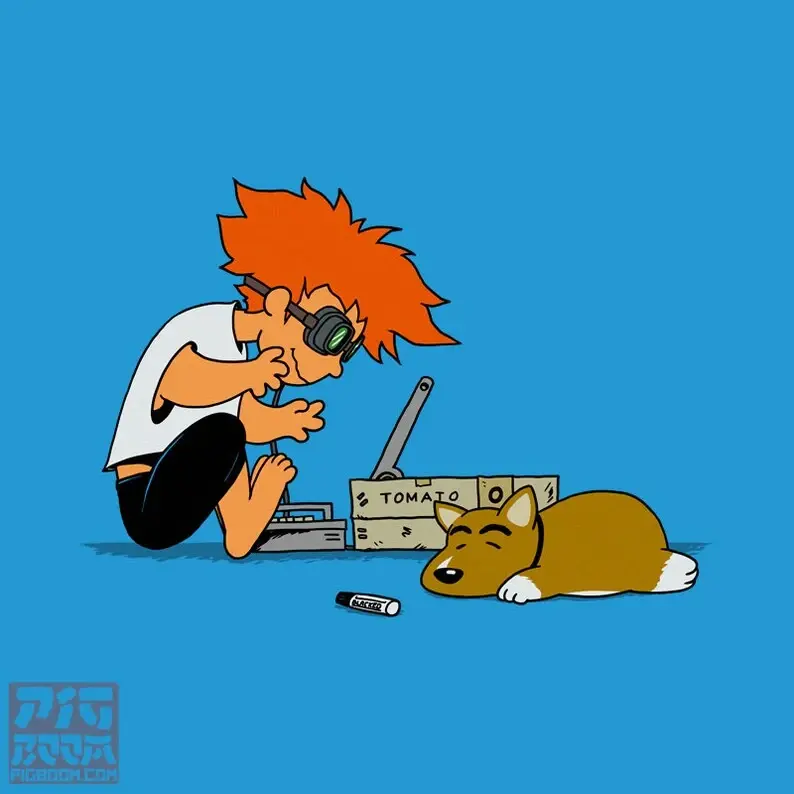Outflows from the Youngest Stars are Mostly Molecular
The formation of stars and planets is accompanied not only by the build-up of matter, i.e., accretion, but also by its expulsion in the form of highly supersonic jets that can stretch for several parsecs. As accretion and jet activity are correlated and because young stars acquire most of their mass rapidly early on, the most powerful jets are associated with the youngest protostars. This period, however, coincides with the time when the protostar and its surroundings are hidden behind many magnitudes of visual extinction. Millimetre interferometers can probe this stage but only for the coolest components. No information is provided on the hottest ( > 1000 K) constituents of the jet, i. e. the atomic, ionized, and high temperature molecular gas that are thought to make up the jet’s backbone. Can we detect such a high temperature spine and what is it made up of? Here we report near-infrared JWST observations of Herbig-Haro 211, an outflow from an analogue of our Sun when it was at most a few times 104 years old. These reveal copious emission from hot molecules explaining the origin of the so-called “Green Fuzzies” discovered nearly two decades ago by the Spitzer Space Telescope. This outflow is found to be propagating slowly in comparison to its more evolved counterparts and, surprisingly, almost no trace of atomic or ionized emission is seen suggesting its spine is almost purely molecular.
HH211 is a still-forming protostar located about 1,000 light-years away in the constellation Perseus.
[Image Description: Amid a backdrop of darkness, with one mature star in the bottom-mid right, and two at the top-mid left (almost out of view), two jets of molecular gas explode from shaded centre where our star is, towards the top left corner and the bottom right. Smaller jets of gasses (coloured orange-red) can be seen accreting from the star inside larger ones (coloured white-blue) until about halfway out where it is coloured such that the smaller jets appear to lose speed and spread out, making wave like patterns which fade out more at the top right then the bottom left. The jets as a whole almost look like an uncut cigar that is pinched at the centre.]


I know JWST is exciting because of all the science research stuff but I’m all for the nice pictures haha